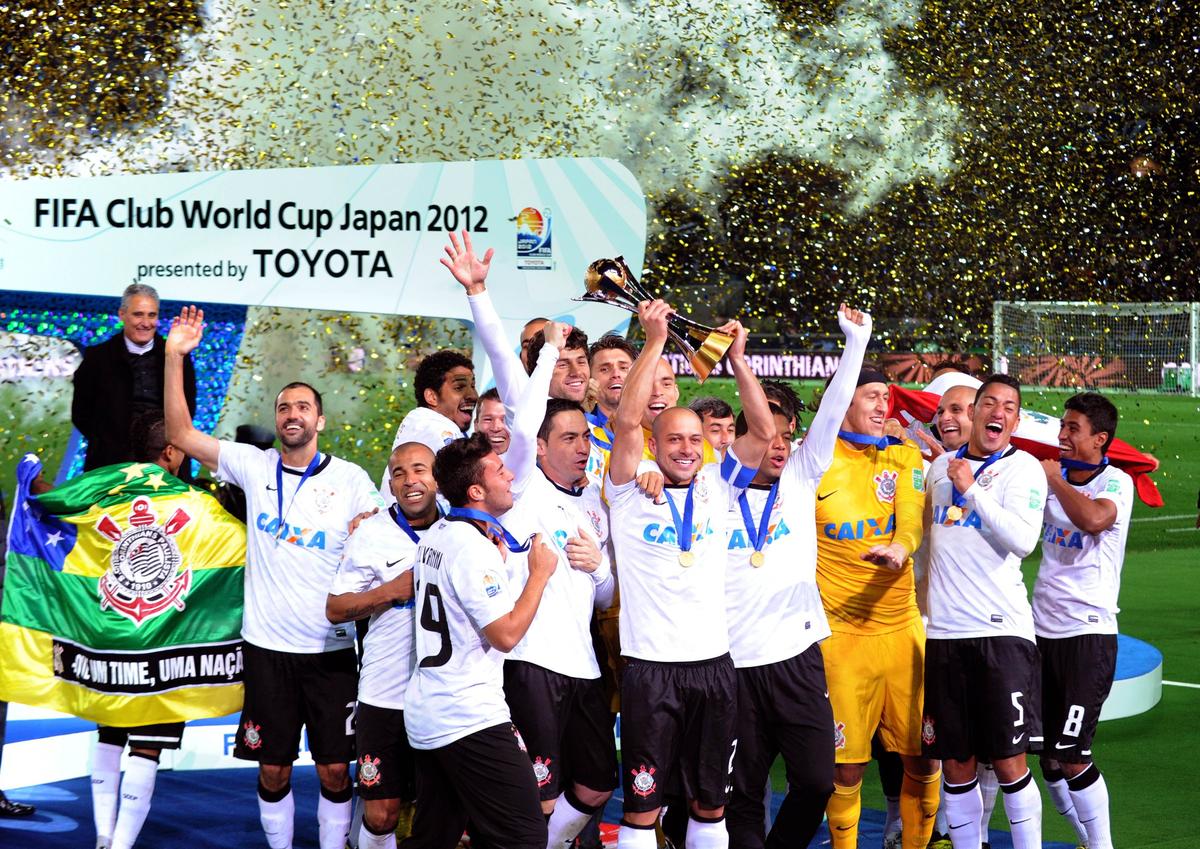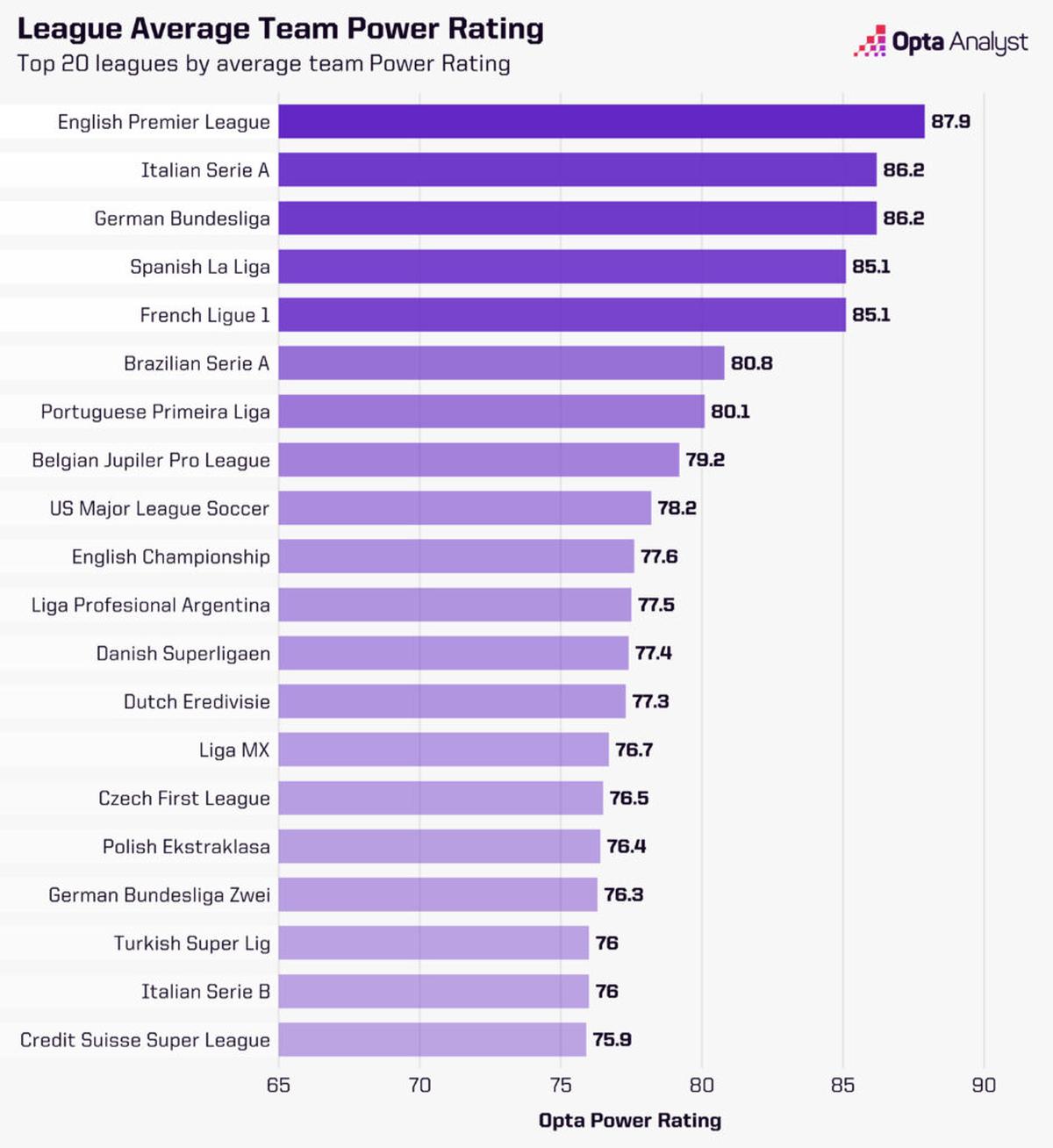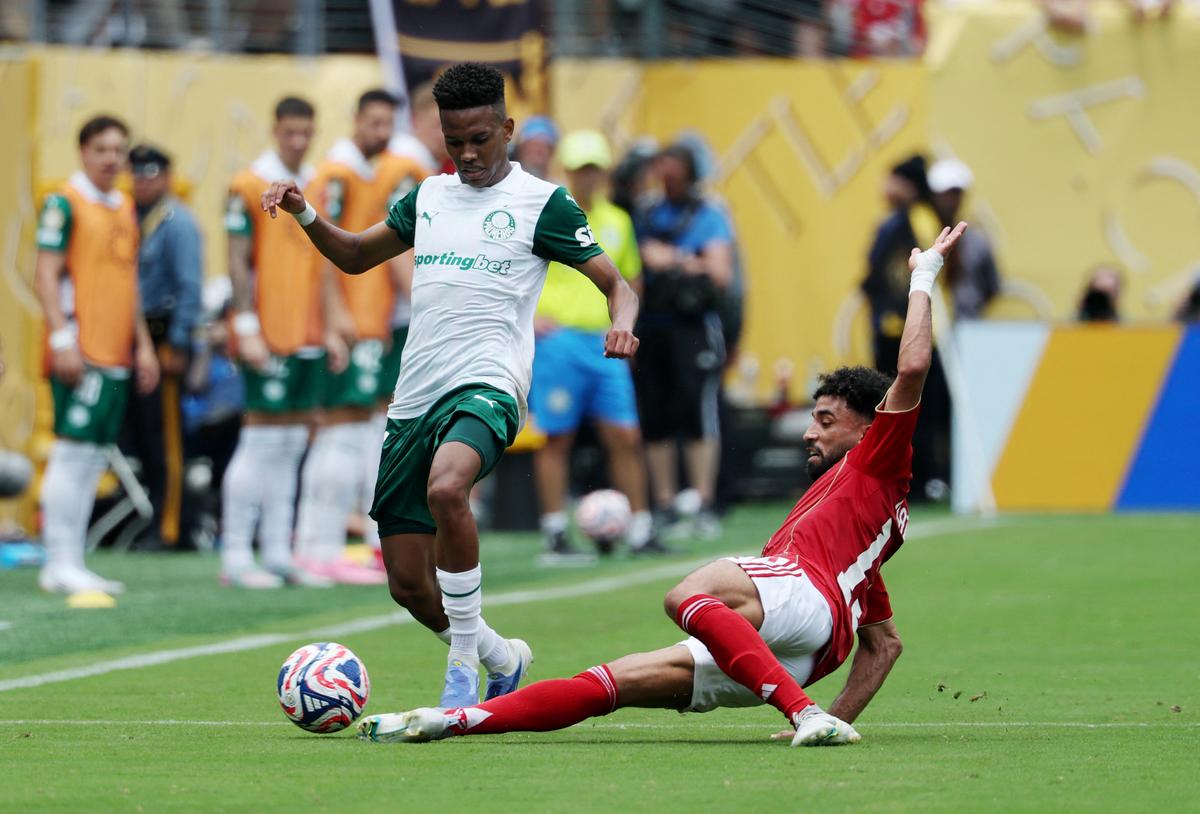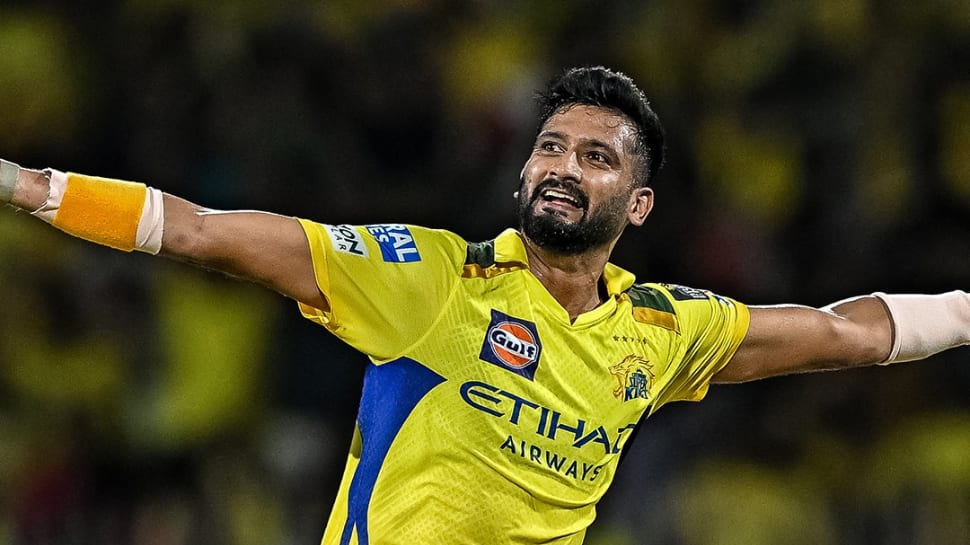What the Club World Cup tells us about revival of Brazilian League football

The ongoing Club World Cup feels like FIFA’s boldest attempt yet to entrench association football in the American sporting imagination — at a moment when the country is gearing up to co-host the men’s World Cup next year.
From NBA-style player introductions to referee earpiece cameras to teams visiting the White House, the Club World Cup has leaned heavily into American broadcast spectacle.
Once an afterthought in the football calendar, the tournament is now a global shop window — designed, in part, to capitalise on the U.S.’s growing appetite for elite European clubs.
But by the end of the group stage, it’s not the usual European powerhouses turning heads. Instead, clubs from another footballing superpower have stolen the spotlight.
Fluminense, Botafogo, Palmeiras, and Flamengo — all from Brazil’s Serie A — have qualified for the knockout rounds with unblemished records. And they haven’t coasted through on the back of easy fixtures.
Flamengo overturned a one-goal deficit to beat Chelsea 3-1. Botafogo stunned UEFA Champions League (UCL) winner PSG with a clinical 1-0 win. Fluminense and Palmeiras earned valuable draws against Borussia Dortmund and FC Porto, respectively — teams seasoned in UCL battles.
The road ahead is steep. Flamengo faces Bayern Munich, while Fluminense takes on Inter Milan in the round of 16. But the Brazilian league will have at least one representative in the quarterfinal after Palmeiras was pitted against Botafogo.
Have Brazilian clubs always been this strong? Has the football world, focused on European teams, overlooked South America?
Brazilian participation in a global club tournament goes back a long way. Vasco da Gama was the first winner of the Tournoi de Paris — the inaugural event that brought together European and South American clubs — in 1957.
Santos, home to Brazilian icons like Pele, Zito and Gilmar, won the third and fourth editions of the Intercontinental Cup in 1962 and 1963.
The FIFA Club World Cup – comprising eight teams – began in 2000, with Corinthians, Sao Paulo and Internacional winning the first three titles. But since Corinthians’ famous victory over Chelsea in the 2012 edition in Japan, no club from the country has tasted success.

Corinthians captain and defender Alessandro (front C) raises the winning trophy with his teammates during the awarding ceremony of the 2012 Club World Cup football in Yokohama on December 16, 2012. Copa Libertadores Champion Corinthians beat English premier league team Chelsea FC 1-0 to get the title. AFP PHOTO / TOSHIFUMI KITAMURA
| Photo Credit:
TOSHIFUMI KITAMURA
Corinthians captain and defender Alessandro (front C) raises the winning trophy with his teammates during the awarding ceremony of the 2012 Club World Cup football in Yokohama on December 16, 2012. Copa Libertadores Champion Corinthians beat English premier league team Chelsea FC 1-0 to get the title. AFP PHOTO / TOSHIFUMI KITAMURA
| Photo Credit:
TOSHIFUMI KITAMURA
This lull coincided with a period of stagnation for the Campeonato Brasileiro. The league became a factory line, churning out young Brazilians for Europe while relying on ageing stars returning from their stints abroad.
However, over the past six years, increased investment in the domestic league has allowed clubs to attract talent from across South America.
It is no surprise, then, that each of the last six Copa Libertadores titles has been won by a Brazilian club. According to Opta’s 2024 Power Rankings for global football leagues, the Brazilian Serie A is ranked sixth — the highest for any league outside Europe.

Even the four Brazilian teams that have qualified for the knockout stage of the Club World Cup are packed with international players from neighbouring countries. The Uruguayan trio of Matias Vina, Guillermo Varela and Giorgian De Arrascaeta are key components in Flamengo’s setup, with the club currently occupying top spot in the Brazilian league.
Colombia’s Jhon Arias has lit up the right flank for Fluminense, while his compatriot Richard Rios has been a lynchpin in midfield for Palmeiras.
Added to this is the brilliance of local talent making full use of the platform the Club World Cup provides — a chance to catch the eye of scouts and take the next step towards a European move.
Palmeiras’ Estevao Willian, already bound for Premier League giant Chelsea, has impressed with performances that have made the football world sit up and take notice. Botafogo striker Igor Jesus, who scored twice in the group stage, is now reportedly close to a transfer to Nottingham Forest.

Estevao of Palmeiras makes run along the flanks in a FIFA Club World Cup group stage match in the United States.
| Photo Credit:
Getty Images via AFP
Estevao of Palmeiras makes run along the flanks in a FIFA Club World Cup group stage match in the United States.
| Photo Credit:
Getty Images via AFP
Another factor in the resurgence of Brazilian clubs has been the influx of fresh coaching ideas from Europe. Portuguese managers Abel Ferreira and Renato Paiva are now in charge at Palmeiras and Botafogo, respectively. Ferreira brought experience from stints in Portugal and Greece, while Paiva had managerial roles in Argentina and Mexico after overseeing Benfica’s youth teams.
At Flamengo, former Brazil international Filipe Luis — who spent the bulk of his playing career in Europe under top-level coaches like Diego Simeone and Jose Mourinho — has brought in Spaniard Ivan Palanco to his backroom staff. Palanco previously served as an assistant to Miguel Angel Lotina, who coached Luis at Deportivo La Coruna.
The strong showings by Brazilian clubs at this edition of the Club World Cup do, however, come with caveats.
European sides are participating after a gruelling 2024–25 season, whereas Brazilian teams are arguably at peak fitness, with their domestic campaign having kicked off in March.
Another critical factor is climate.
Brazilian clubs are far more acclimatised to the heat and humidity of the North American summer. Borussia Dortmund, for example, faced Ulsan in Cincinnati amid temperatures exceeding 90°F (32.2°C) during an afternoon kick-off — conditions unfamiliar to most European teams.
RELATED: Scorching heat sparks revised schedule appeals at FIFA Club World Cup 2025
Chelsea manager Enzo Maresca noted that the weather in Philadelphia was not conducive to holding regular training sessions.
Manchester City fielded two different starting XIs in its first two matches. “We will play new players in the next game too, and in the second half. The selection has that in mind.
“In these conditions, we are not ready to play 90 minutes, and at half-time we will make substitutions,” manager Pep Guardiola told reporters ahead of the match against Juventus.
Despite the rise of Brazilian clubs, that domestic strength has not translated into recent success for the Selecao. Brazil struggled through the 2026 World Cup qualifiers, drawing four and losing five matches.
Now under the guidance of legendary manager Carlo Ancelotti, the five-time world champion will hope the Italian — with his unparalleled Champions League pedigree — can unlock the full potential of Brazil’s young, talented crop and end its 24-year wait for another global title.
List of results of Brazilian teams in group stage:
- Palmeiras 0 – 0 Porto
- Botafogo 2 – 1 Seattle Sounders
- Flamengo 2 – 0 Esperance
- Fluminense 0 – 0 Borussia Dortmund
- Palmeiras 2 – 0 Al Ahly SC
- PSG 0 – 1 Botafogo
- Flamengo 3 – 1 Chelsea
- Fluminense 4 – 2 Ulsan HD
- Atletico Madrid 1 – 0 Botafogo
- Inter Miami 2 – 2 Palmeiras
- LAFC 1 – 1 Flamengo
- Mamelodi Sundowns 0 – 0 Fluminense







